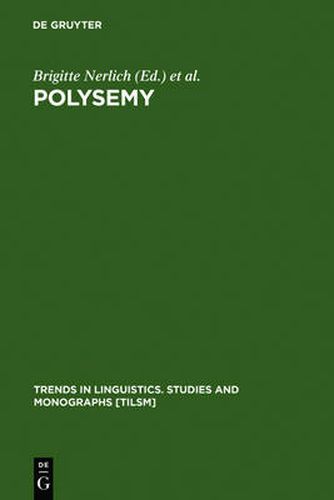Readings Newsletter
Become a Readings Member to make your shopping experience even easier.
Sign in or sign up for free!
You’re not far away from qualifying for FREE standard shipping within Australia
You’ve qualified for FREE standard shipping within Australia
The cart is loading…






This title is printed to order. This book may have been self-published. If so, we cannot guarantee the quality of the content. In the main most books will have gone through the editing process however some may not. We therefore suggest that you be aware of this before ordering this book. If in doubt check either the author or publisher’s details as we are unable to accept any returns unless they are faulty. Please contact us if you have any questions.
About fifty years ago, Stephen Ullmann wrote that polysemy is ‘the pivot of semantic analysis’. Fifty years on, polysemy has become one of the hottest topics in linguistics and in the cognitive sciences at large. The book deals with the topic from a wide variety of viewpoints. The cognitive approach is supplemented and supported by diachronic, psycholinguistic, developmental, comparative, and computational perspectives. The chapters, written by some of the most eminent specialists in the field, are all underpinned by detailed discussions of methodology and theory.
$9.00 standard shipping within Australia
FREE standard shipping within Australia for orders over $100.00
Express & International shipping calculated at checkout
This title is printed to order. This book may have been self-published. If so, we cannot guarantee the quality of the content. In the main most books will have gone through the editing process however some may not. We therefore suggest that you be aware of this before ordering this book. If in doubt check either the author or publisher’s details as we are unable to accept any returns unless they are faulty. Please contact us if you have any questions.
About fifty years ago, Stephen Ullmann wrote that polysemy is ‘the pivot of semantic analysis’. Fifty years on, polysemy has become one of the hottest topics in linguistics and in the cognitive sciences at large. The book deals with the topic from a wide variety of viewpoints. The cognitive approach is supplemented and supported by diachronic, psycholinguistic, developmental, comparative, and computational perspectives. The chapters, written by some of the most eminent specialists in the field, are all underpinned by detailed discussions of methodology and theory.